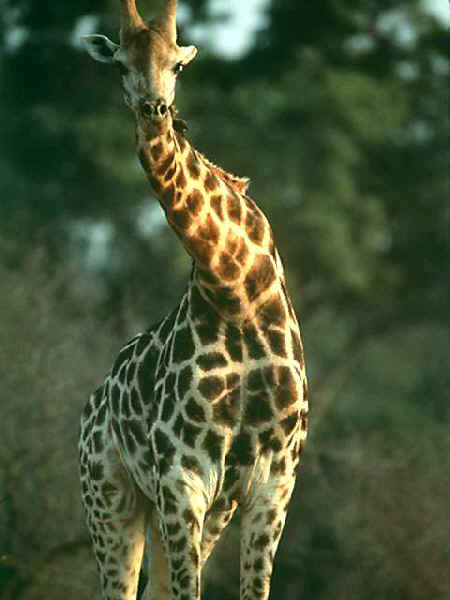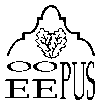|
WOW
SA HOME

WHAT IS
WOW?
OVERVIEW
WOW
IN SOUTH AFRICA
BIODIVERSITY
LINKS
EDUCATION
FOR THE EDUCATOR
HOW TO USE THE MATERIAL
ACTIVITIES
FEATURED
ACTIVITY/ARTICLE
GLOBAL
ISSUES
GLOBAL WARMING
AIDS
WOW
ONLINE
CHAT
DISCUSSION
FUNSTUFF
OTHER GUIDES & RESOURCES
GETTING
INVOLVED
E-MAIL
LIST - SOUTH AFRICA
FEEDBACK
|
WOW in South Africa
Although the South African
version of Windows on the Wild draws upon the US materials, many new
locally developed materials are added. The South African education
context demands thorough and ongoing research, as well as collaboration
with a number of role players in order to develop materials that are
responsive to local needs and conditions.

What makes WOW (SA)
different...
Although
the South African version of Windows on the Wild draws upon the US materials,
many new locally developed materials are added. The South African education
context demands thorough and ongoing research, as well as collaboration with
a number of role players in order to develop materials that are responsive to
local needs and conditions.
In the following
diagram we show the issues that are shaping the context in which the local materials
are being developed. Each issue is further explained at the end of this section.
The development
of curriculum materials for schools is coordinated by EEPUS (The Environmental
Education Programme, University of Stellenbosch) . This means that we follow
processes of
development and research in collaboration with a number of stakeholders such
as, Share Net, NEEP (the National Environmental Education Programme), the WWF
(World Wide Fund for Nature) (US),
SA National Parks, students involved in pre-service programmes at the University
of Stellenbosh, as well
as many teachers participating in WoW workshops where we introduce new materials
and draw on their experience and ideas. In addition, a WoW Advisory Committee,
consisting of representatives of organisations and institutions with interests
in environmental education, and the development and use of resources, will ensure
that the materials can be used in a variety of southern African educational
situations.
|
 The development of curriculum materials for
schools is coordinated by EEPUS (The Environmental Education Programme,
University of Stellenbosch) . This means that we follow processes of
development and research in collaboration with a number of stakeholders
such as, Share Net, NEEP (the National Environmental Education Programme),
the WWF (World Wide Fund for Nature) (US), SA National Parks, students
involved in pre-service programmes at the University of Stellenbosh, as
well as many teachers participating in WoW workshops where we introduce
new materials and draw on their experience and ideas. In addition, a
WoW Advisory Committee, consisting of representatives of organisations and
institutions with interests in environmental education, and the
development and use of resources, will ensure that the materials can be
used in a variety of southern African educational situations. The development of curriculum materials for
schools is coordinated by EEPUS (The Environmental Education Programme,
University of Stellenbosch) . This means that we follow processes of
development and research in collaboration with a number of stakeholders
such as, Share Net, NEEP (the National Environmental Education Programme),
the WWF (World Wide Fund for Nature) (US), SA National Parks, students
involved in pre-service programmes at the University of Stellenbosh, as
well as many teachers participating in WoW workshops where we introduce
new materials and draw on their experience and ideas. In addition, a
WoW Advisory Committee, consisting of representatives of organisations and
institutions with interests in environmental education, and the
development and use of resources, will ensure that the materials can be
used in a variety of southern African educational situations.
What is the focus
of WOW (SA)?
You will
notice that the concept sustainability is
part of the South African title of Windows on the Wild. This concept became
increasingly popular as education focus, especially since 1991 when the principles
of sustainable development were published in a booklet, Caring
for the Earth, a joint publication of the IUCN, WWF and UNEP[*].

It is however
quite a controversial concept, and there are many definitions for sustainability.
One way of understanding the concept is as follows:
"An activity,
or a system, is sustainable if it can persist"
However,
although there are not many good examples of social systems or human activities
that are sustainable in this sense, there is an abundance of good examples in
nature. Nature is a catalogue of systems that has evolved and persisted for
millions of years because in the study of natural systems we can derive certain
basic principles which govern these systems. This results in dynamic equilibria
among the different elements of the systems. In this way, natural systems are
self-sustaining, or sustainable.
|
